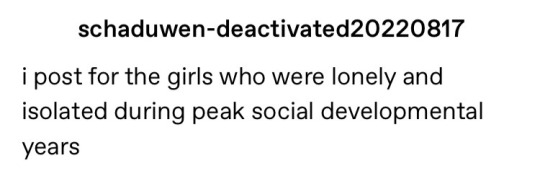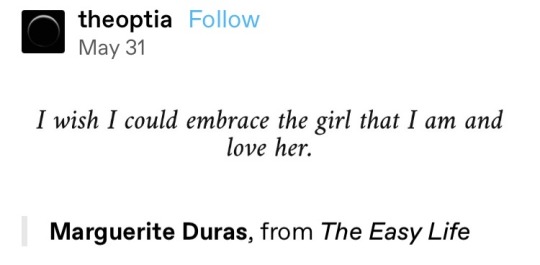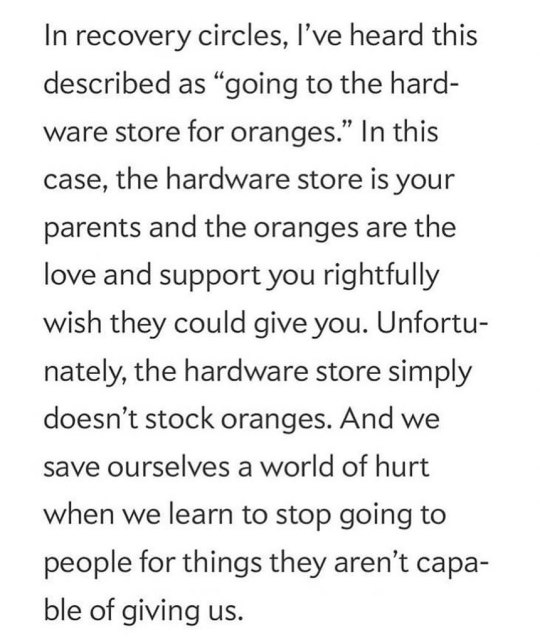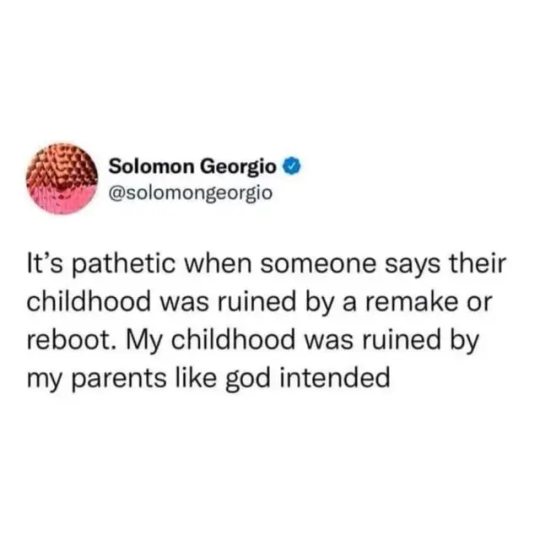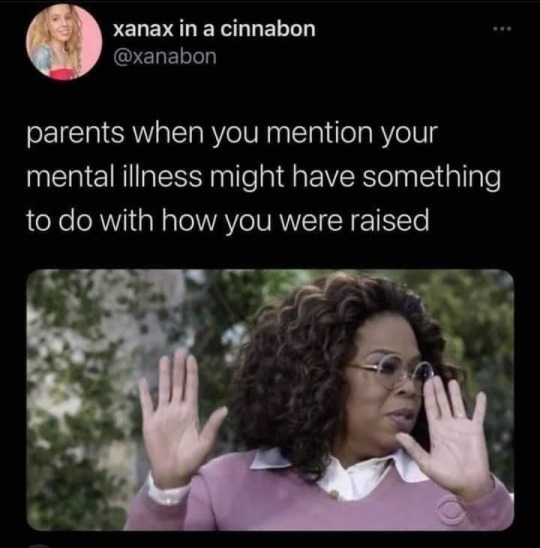Little Girl Lost Tell me where do you sleep The sins you have seen The secrets you keep The day by day struggles of my bipolar and anxiety, in thoughts and poems and blurbs. And occasional humor.
Don't wanna be here? Send us removal request.
Text
Mama I don't want kids, I say. For the hundredth time. Mother has this look on her face, it sits still- something between disappointment and bewilderment. But who will take care of you, she says, when you're older? And that is a rotten feeling. To believe that a child is only as good as what it does for its parents. To believe you are only as good as you give. To believe you owe someone, only to feel love. Who deserves this? Who deserves this wretched snarling beast sitting in my chest, whispering, shrieking- give, give, give.
-Ritika Jyala, The Beast that makes me Give
5K notes
·
View notes
Text
you need to get it out of your mind that psychosomatic illness is just “making up symptoms” when it’s actually much more like your body is being actively poisoned by chemicals released from your brain
93K notes
·
View notes
Text
You were not a bad child. You were not difficult. You were not a burden. You were not evil.
You were a child.
It was the people around you who had a problem
And it was the people around you who were selfish enough to take their problems out on a child who was too small and helpless to defend themself.
It was the people around you who raised you to hate yourself.
And it’s hard to believe when that awful environment is all you’ve known
But there are people out there who would be horrified at the way you’ve suffered
And there are people out there who would think you’re amazing
It’s not your fault you grew up in an abusive household
They’re the ones who chose to mistreat you
And they were the ones who convinced you to blame yourself
And you deserve better
I promise you, you deserve better
2K notes
·
View notes
Text
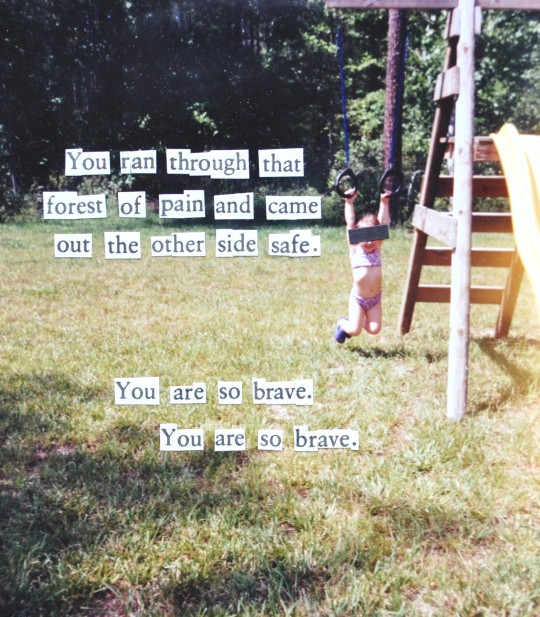
And you didn’t have to be so strong, but you were, and man, am I thankful for it today. You turned us into such a warm, hopeful thing.
You are the toughest person I've ever met. --- Collage from my poetry collection "Winterbrook", out 11/11.
596 notes
·
View notes
Text
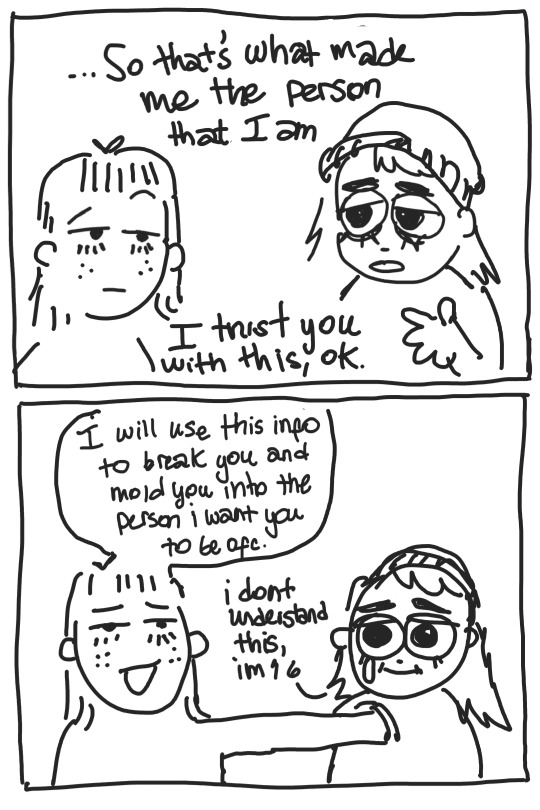

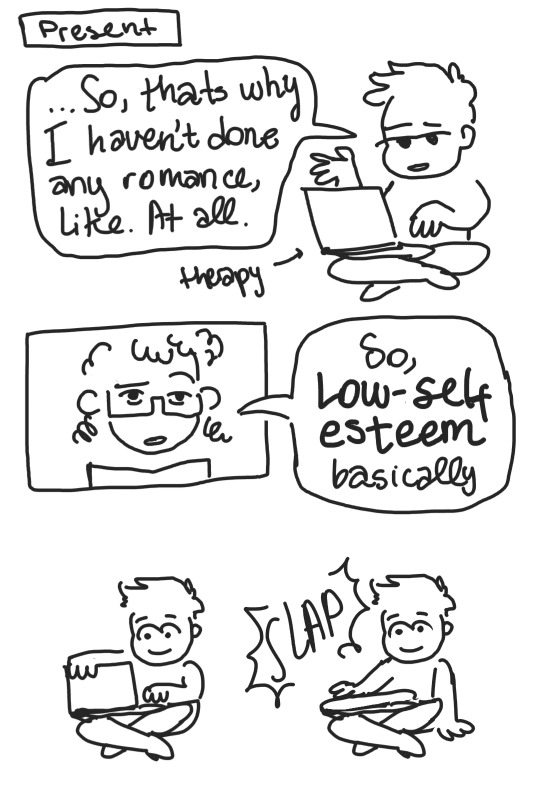
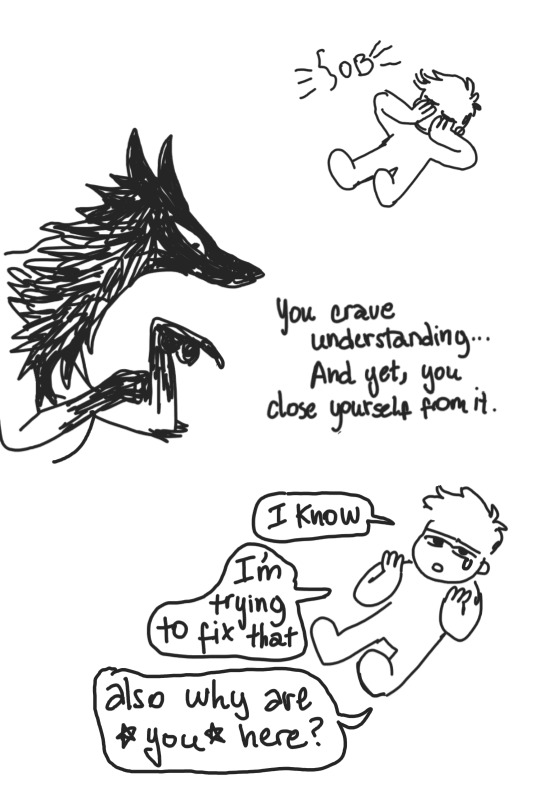
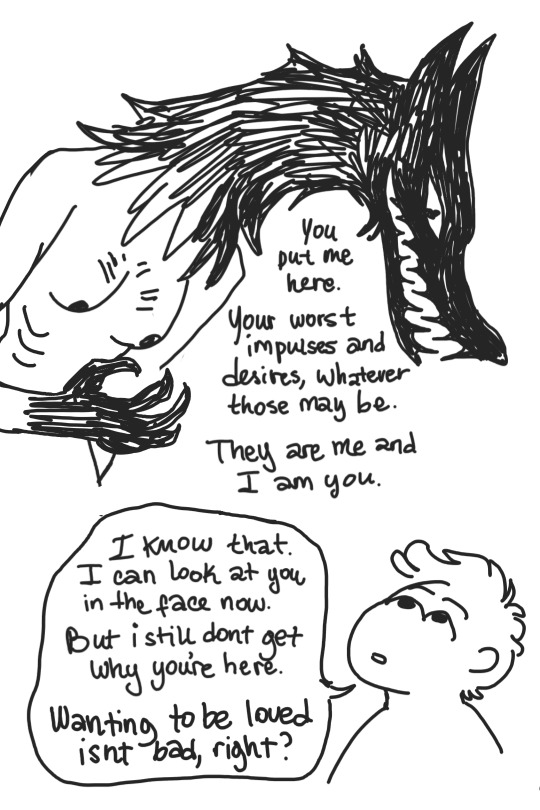
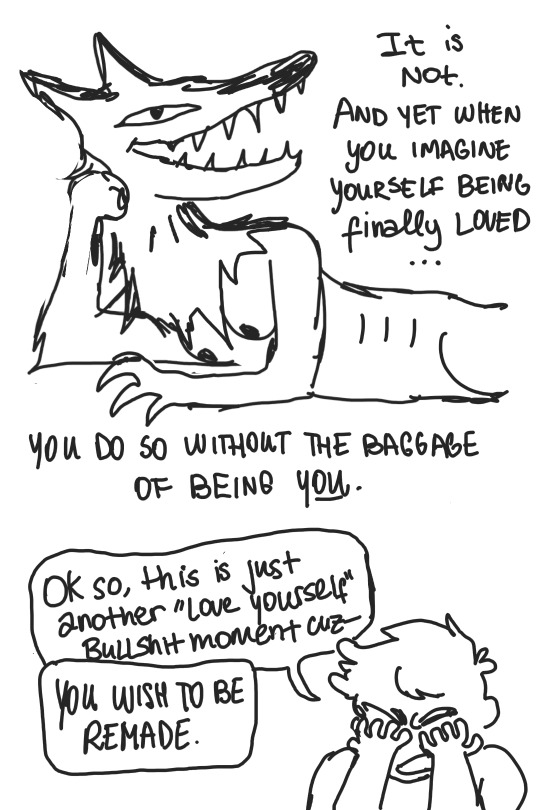

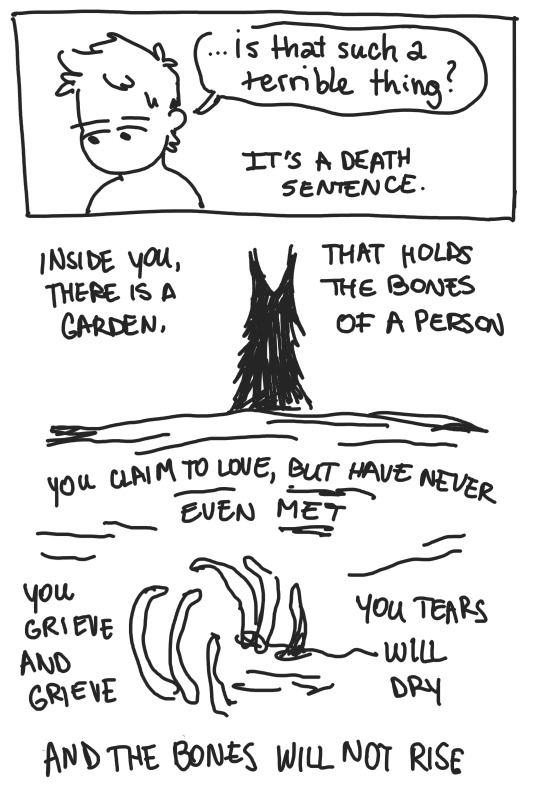
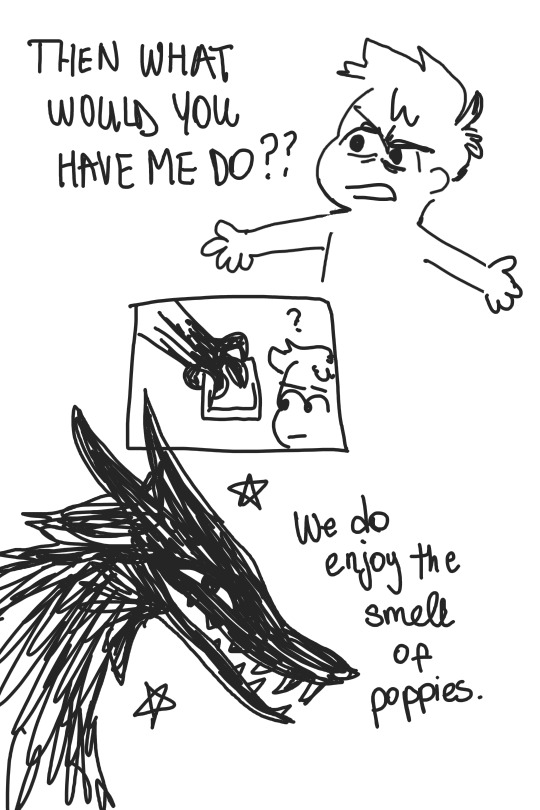
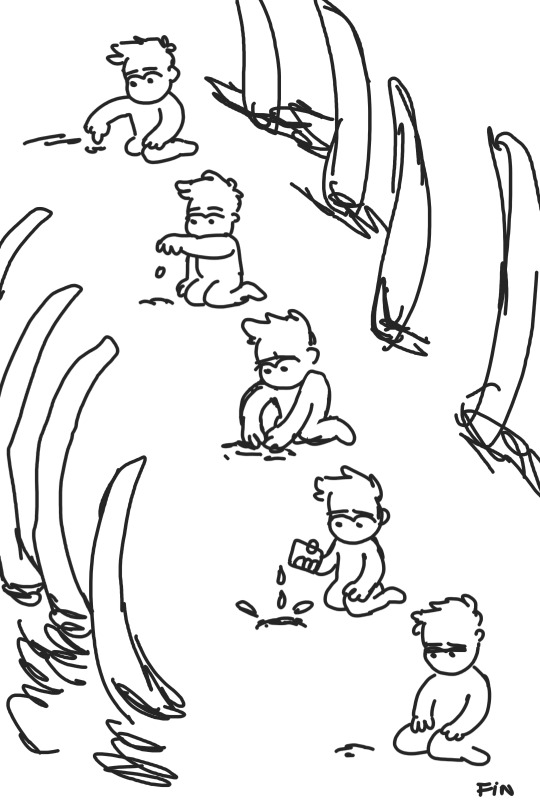
i call this one “nobody likes you when youre 23”
91K notes
·
View notes
Text
"I would kill for you. I would die for you" would you take a break for me? Would you sit down and rest? For a day, a week, a year? Would you let others take care of your needs for me? Would you let yourself be held for me? By me?
200K notes
·
View notes
Text
Something I haven't seen spoken about a lot is the psychological impact of being chronically ill and experiencing horrific symptoms, and knowing that literally no one can help you.
I could call a doctor, but I already know what's wrong. There's literally nothing they can do for me. And I can't afford to go just for reassurance.
I'm just in a flare and sometimes it's Like This. And you just have to swallow symptoms that live in the nightmares of well people, because you can't just have an emotional breakdown every time you're in a flare.
So I'm in horrible pain and distress, and I can't call for help, because no one can help me, and I have to act like it's fine, so I don't worry other people who get Very Upset that I can't just Fix It
And there's just a deep psychological burden in that, that I don't think well and able bodied people ever really think about.
2K notes
·
View notes
Text
The Basics of DID/OSDD
DID, or Dissociative Identity Disorder, is a trauma-caused disorder that forms in early childhood, anywhere before the age of 9 (cutoff age is debated but the typical range is before age 6-9, but some people extend it to 10 because that's the typical age where your identity starts forming independant of your primary caregivers)
Most of the established and spread facts about DID come from the Theory of Structural Dissociation (TOSD)
Here's a good resource explaining The TOSD:
To sum things up, there are levels of dissociation that can occur, and disorders that fall into each level. The lowest end of this spectrum is PTSD, and the highest is DID. Here's a graphic of those levels, and I'll go into each disorder briefly:
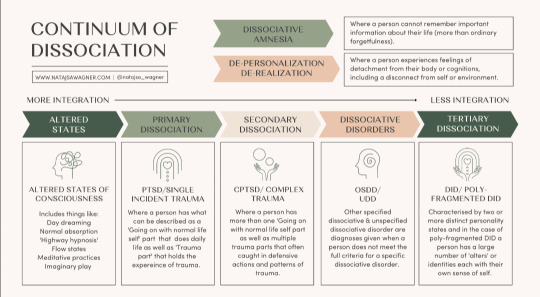
Altered States
Altered states are normal, and likely to occur in everyone at some point. No trauma is required to cause these states. Altered states include normal daydreaming (not including MaDD which is disordered)
Primary Dissociation
Primary Dissociation occurs in people with PTSD. This presents as having one ANP (Apparantly Normal Part, aka you) and one EP (Emotional Part, which occurs when having PTSD flashbacks)
This level is specifically for single-event PTSD, as C-PTSD falls under the next level:
Secondary Dissociation
Complex-PTSD falls under this level because of the occurance of multiple EPs, but still one ANP. These EPs are for a myriad of traumas a person with C-PTSD has experienced.
Dissociative Disorders
This is where we start touching on systems. This level includes OSDD and UDD.
OSDD (Otherwise Specified Dissociative Disorder) is a bit of an umbrella disorder, and it encapsulates multiple different types of OSDD. The one you've most likely heard of is OSDD1b, but I'll go into all of them.
OSDD1a is a disorder in which a person has multiple identity states but they lack distinction. They have intense enough amnesia to qualify for DID, but their identity states aren't differentiated enough to fully qualify for DID. This can sometimes (not always, of course) present as multiple identity states that are all one person, just at different ages when trauma happened.
OSDD1b is a disorder in which a person has multiple identity states that qualify for DID, but have no amnesia. A common misconception is that to be diagnosed with DID, you have to have blackout amnesia (will explain amnesia types later in the post), but any type of amnesia can qualify. OSDD1b is for systems who have absolutely no amnesia.
OSDD2 is a disorder in which there are identity disturbances and dissociation caused by brainwashing, torture, cults, and things of that sort. From what I understand, OSDD2 occurs after the cutoff age of DID or OSDD1, hence why this disorder does not cause a system.
OSDD3 seems to be a temporary diagnosis for symptoms of dissociation, derealization, depersonalization, amnesia, sudden loss of motor skills, ect for less than one month, occuring directly after a traumatic event. If the symptoms persist after this one month period, another diagnosis may be looked at.
OSDD-4 is a disorder in which people experience dissociative trances that do not have any known cause. People slip in and out of these trance states, often unaware of their environment while in them, and may "come to" confused and with amnesia from their time in the trance state.
And lastly, UDD. UDD, or Unspecified Dissociative Disorder, is exactly as it sounds. It's a catchall diagnosis for when a dissociative disorder is present, but it's unknown exactly which one. This can include systems, or it can include other dissociative disorders.
Tertiary Dissociation
Teritary Dissociation is what includes DID, C-DID, and HC-DID.
DID is the disorder we are all reading this post for. It is a disorder that causes multiple identity states that are distinctly different, called alters (or other terms depending on the system's comfort, such as headmates or sysmates), and amnesia between these identity states.
C-DID is a community term which stands for Complex DID. It is synonymous with Polyfragmented DID; they both mean the same thing. C-DID is characterized by a more complex system structure and the presence of many fragments, occuring because of more complex and longterm trauma that starts before the age of 5 (so earlier than the DID cutoff), and typically continues long after the system forms. There are many signs of polyfragmentation in a system, but the most siginifigant are the earlier onset of trauma, presence of many fragments, and more complex internal structure.
HC-DID is another community term which stands for Highly Complex DID. This term is synonymous with programmed systems/RAMCOA systems. These systems formed because of childhood trauma involving Mind Control (the MC of RAMCOA), aka programming. I won't go too in-depth on HC-DID systems, because I'm not confident in my knowledge at this time. However a great blog I can recommend for anyone wanting to learn more is @cultishhellvent
Misc.
You might have noticed at the top of the graphic I included earlier a little blurb about DPDR, or Depersonalization Derealization Disorder. This is a dissociative disorder characterized by, well, persistant depersonalization and derealization. This disorder cannot co-occur alongside DID, but DID can cause depersonalization and derealization. The DPDR diagnosis is for those who don't have another dissociative disorder like DID, but do experience those specific symptoms of depersonalization and derealization.
P-DID, or Partial DID, is a version of DID in which one alter is almost always fronting. Other alters are present, and may front in specific situations, but typically the one alter will stay at front and other alters will come and go from co-con or co-front.
Things To Know About Systems
So here is a bunch of catagories of info about systems that I feel are necessary to know if you're looking to know the basics.
Amnesia Types
Blackout Amnesia is amnesia that is full and total. Periods of blackout amnesia will be fully gone from the person's memory. However, contrary to popular belief, blackout amnesia does not entail literally 'blacking out' and 'waking up' at a later time. It simply means the memories from a time period are totally and utterly gone and inaccessable to you.
Greyout Amnesia has two typical definitions. The first is amnesia that slowly occurs as time goes on, like slowly forgetting the days as you pass them, at a faster rate than would be considered typical for those without a dissociative disorder. The second definition is similar to blackout amnesia, except some memories can be retained. So you may not fully remember an event you went to last week, but you might be able to recall a few blips of major things that took place. Most detail is usually lost.
Emotional Amnesia is when you remember the actual event or time frame, but none of the emotions attached to it. This usually presents as being able to remember a traumatic event, but feeling numb or disconnected to it, or like it happened to someone else.
And something important to keep in mind is that these amnesia types are not hard rules, and amnesia is often somewhere between these three labels.
Innerworlds
Innerworlds, or headspaces, are internal worlds in which alters can go when they aren't fronting (fronting meaning to be in control of the body)
Not all systems have innerworlds, and many systems with Aphantasia (when you can't visualize) simply don't have the ability to create them.
Innerworlds are often created unintentionally as the system grows up, but they can be intentionally created and that can be a beneficial process to the system.
Alter Roles
Alter roles are labels systems can assign to their alters to describe what role they play in the system's life. Some common ones include Host (primary fronter), Protector (self-explanitory), Persecutor (causes the system harm for whatever reason), Traumaholder (alters who hold trauma), and Littles (child alters)
These roles are not hard set, they are simply labels to help explain and put words to what certain alters' jobs in the system may be. And, not all alters have a discernable role.
Introjects
Introjects are alters who form based on an existing identity. This is common in fragments, since they aren't as fully formed, but can of course also happen in fully formed alters.
There are two main catagories of introjects, however many people like to get specific with the terms they use.
Fictives are introjects of fictional characters. This can be from visual media, books, OCs, ect.
Factives are introjects of real people. This can be from friends, abusers, family, celebrities, ect.
Introjects are NOT the same as the thing they are sourced in. They are their own separate people, and should be treated as such.
One of the specific terms I mentioned could be songtives (introjects from songs). I wanted to briefly mention that as an example of the specific terms systems may use.
Co-Con/Co-Front
Co-con, or co-conciousness, is when two or more alters are present at the front. This is usually used to describe one alter fronting, with one or more other alters hanging out nearby and talking occasionally.
Co-front, or co-fronting, is when two or more alters are sharing the front together fully. Think of two people trying to drive the same car at once.
I think I've covered everything I wanted to cover. If I missed anything, said anything incorrect, or you'd like something added please feel free to send an ask or comment/reblog.
659 notes
·
View notes
Text
“Forgive and forget” and “forgive but don’t forget” are both all well and good, but it’s also fine to “forgive and farewell” and tell a person that you forgive them, you understand that they were in a rough situation, you are glad they’re better now, that you hold them no ill-will, and you’re capable of moving on from what they did to you. BUT that you simply cannot have them in your life anymore because what they did fundamentally ruined the relationship, regardless of their extenuating circumstances.
Even if you have completely forgiven someone and wish them nothing but happiness going forward, you don’t OWE them anything, least of all your presence in their life.
47 notes
·
View notes
Text
alternatives to “i want to die”:
i want things to change
i want a different life
today was a shitty day/week
i don’t want to live like this
i want to be somewhere else in life
i’m not where i want to be yet
+ much more
52K notes
·
View notes





